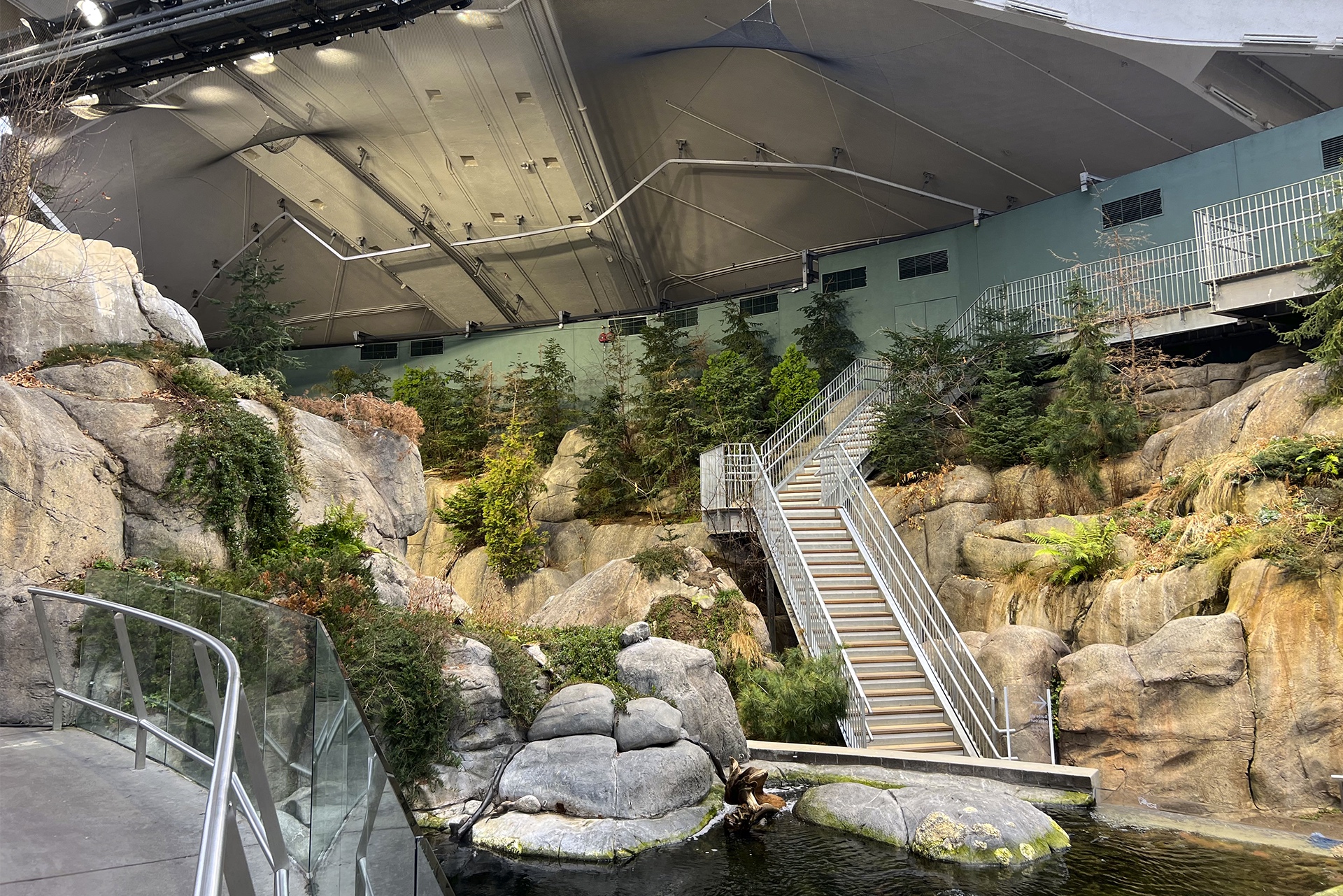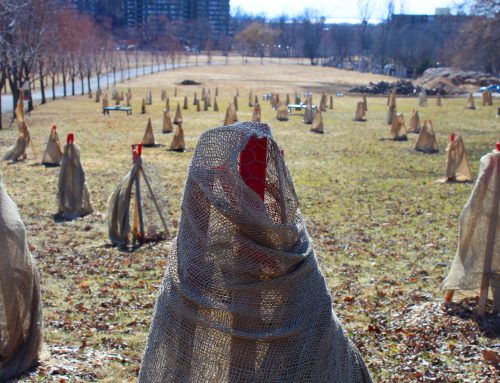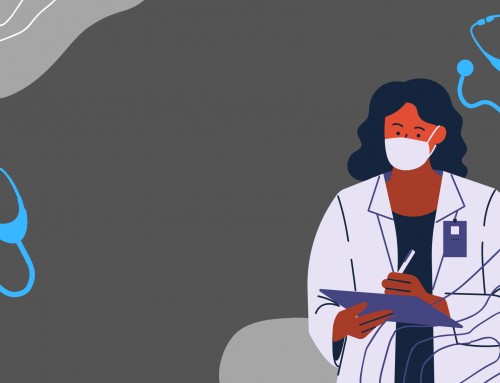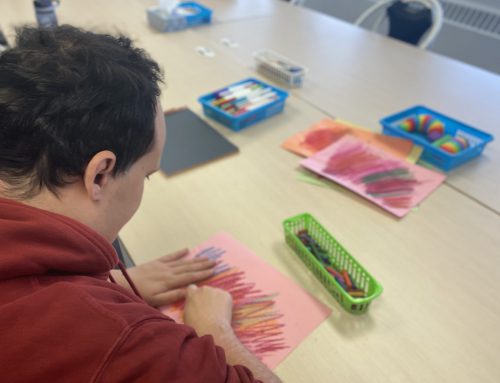BY Dylan Buvat & Daniel Scheer
Biodome visitors are immediately immersed in an array of exotic trees, plants and natural wildlife sounds. Within minutes, animal enthusiasts are transported to regions from the humid, damp climate of the Amazon rainforest to the crisper air of the boreal forests of Canada.
According to Biodome tropical animal expert and biologist Krystel Marinier, these intricate enclosures ensure that the animals’ native ecosystems are recreated with extreme precision. This includes recreating the animal’s natural climate, fauna and habitat.
“We are very different from other zoos, because we have ecosystems at the Biodome,” she explains. “We don’t showcase animals in small cages, we showcase them in their natural ecosystems. The animals live in their natural habitats, while also cohabitating with other species from their part of the world.”

An overview of where the Biodome animals come from. Infographic by Dylan Buvat.
Marinier works closely with the zoo’s Golden lion tamarin, a species of primate that was added to the international endangered species list in 2019. The Biodome has an extensive reproduction program aimed at helping ensure the survival of their endangered animals. Marinier says it is helping in the preservation and repopulation of several species.
“Our efforts are a small ripple in a bigger pond,” said Marinier. “But we try to incite reproduction with our tamarins and all other of our endangered species. The Biodome makes great conservation efforts by continuing species’ lineage, and also ensuring the continuation of strong genetics in captivity.”
But, conservation expert Dr. Simon Gadbois, who studies captive animal behavior, says this isn’t enough of a reason to keep animals in captivity. He wants the Biodome to provide concrete evidence that their facility is aiding the betterment of wildlife research, conservation and education.
“I think a lot of zoos and aquariums need to do a much better job at convincing us that they have an interest in animal ethics and what they’re doing truly makes a difference,” explains Gadbois. “What they contribute to research is really making a difference in conservation.”
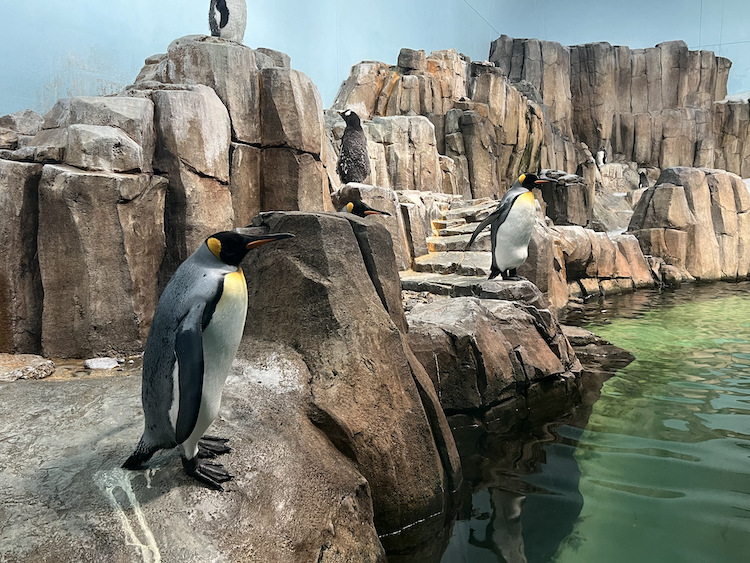
Emperor penguins ‘chilling’ in their enclosure at the Biodome. Photo by Dylan Buvat.
Through his fieldwork, Gadbois learned the intricacies of animal behaviour in captivity and the importance of peer learning. His research with captive wolves helped him better understand how these animals interact with humans, and how this altered the wolves’ behavioural patterns.
This research can be applied to the animals kept at the Biodome, who become desensitized to human contact as a result of the high influx of daily visitors. Gadbois says this unnatural contact undoubtedly affects how the animals behave and their overall wellbeing.
“There is no doubt that [captive] animals are affected by the presence of humans,” says Gadbois. “Captivity in itself is creating a lot of abnormal behavior in animals. Usually it’s from a lack of space or lack of stimulation, and I see a lot more of the suffering in captivity than I used to. They’re pacing back and forth, or having these sorts of swaying movements. That is just not natural.”
Marinier agrees that the altering of animal behaviour as a result of continued human contact is not only frequent but almost inevitable. She adds that it ultimately hurts the animals’ chances at someday being released into the wild.
“Some animals are very desensitized to humans, which of course makes it hard for them to be released into the wild,” explained Marinier. “Imprinting, especially with our mammals, has definitely become a normal part of zookeeping.”
A zoo’s purpose
Conservation and education are a big part of the Biodome’s wildlife. However, many wildlife rights advocates like PETA’s Talitha McMillion argue that unless the animal is injured and unable to survive on its own in the wild, they should not be kept in any type of enclosure.
“PETA’s position is that wild animals belong in the wild,” explains McMillon. “But when they can’t be, such as when they’re injured, ill, or habituated to humans, as is the case with most wildlife currently in captivity, they should receive the best care in facilities accredited by the Global Federation of Animal Sanctuaries or Association of Zoos and Aquariums.”
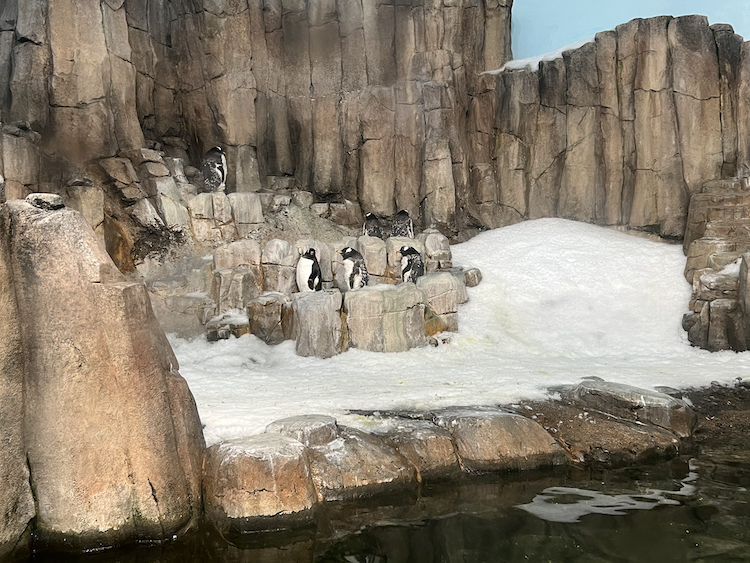
Gentoo penguin’s standing still and staring at the zoo wall as a result of a lack of space. Photo by Dylan Buvat.
McMillion says that animals are often mistreated in zoos that have no other motive than to simply use their caged animal as entertainment.
“We focus our efforts where the worst abuses are occurring for captive wildlife, [which include] primates and big cats often lose their minds in tiny, barren enclosures, and animals who are chronically ill and suffering are denied basic veterinary care, nutritious food, adequate shelter, and clean water,” she explains.
While it keeps animals in enclosures, the Biodome offers its animals a quality of life superior to many zoos. It staffs a multitude of veterinarians and scientists to study and educate, and engineers to build habitats that are similar to the wild.
The Ecomuseum is a great outing for any family interested in Montreal wildlife. Video by Daniel Scheer.
But many wildlife activists are skeptical.
“Wild and exotic animals, not native to [Canada] for example, whether wild-caught or
captive-bred, have complex social, physiological and behavioral needs that they would have in the wild,” explains Emily Pickett, the campaign director at the Vancouver Humane Society (V.H.S.). “Attempting to replicate their natural environment in a captive setting is incredibly challenging, and not meeting their needs can significantly compromise their welfare.”
Pickett’s organization is dedicated to exposing animal abuse, while pushing to end animal suffering, cruelty and exploitation. As their campaign director, she hopes to spread awareness for animal rights injustices that exist in several zoos across the country.
She says that not unlike the old-fashioned circus, people are drawn to zoos for the opportunity to see exotic wild animals that would otherwise be impossible to observe. However, she argues that this is exploitation, not education.
“There are plenty of other ways to learn about animals and the issues they face that don’t require keeping them captive,” she says. “Some of the alternatives include animal-free exhibits that utilize immersive technology; documentaries, wildlife webcams, and ethical wildlife viewing. We’d like to see a move away from animals being kept in permanent captivity and instead toward genuine rescue, rehab and release work, as well as a sanctuary model.”
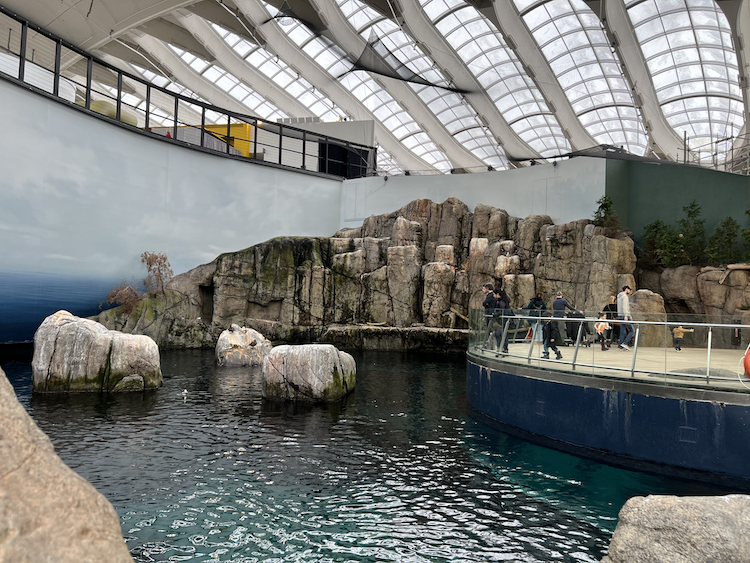
A look at the ‘natural’ environment that the Biodome recreates for its animals. Photo by Dylan Buvat.
Loss of animal instincts
The Biodome does not solely work with animals in dire need of care, or those who are unable to survive without medical intervention. However, the zoo does have release programs where animals, once fit for the wild are re-introduced into their natural environment.
“We do have some reintegration programs for animals native to Quebec,” explained Biodome biologist Krystel Marinier. “The Biodome’s wood turtles, for example, we receive them when they first hatch from their eggs, we take care of them for a year and we eventually release them into their natural habitat.”
“We also do this with other species including the Boreal chorus frog, which is another endangered species,” continued Marinier.
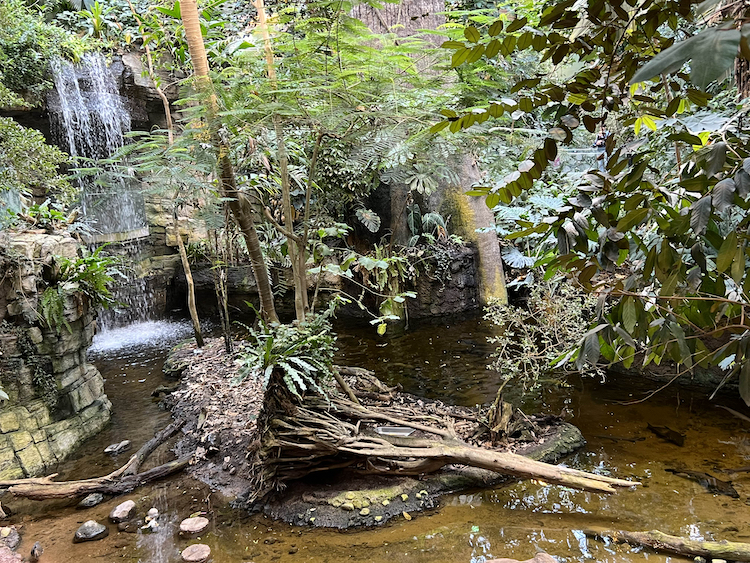
The Biodome simulates the damp, humid tropical forest ecosystem. Photo by Dylan Buvat.
However, she does say that some species, who become habituated and desensitized to human contact, do not possess the skillsets or innate instincts to thrive in the wild. They tend to become completely dependent on their caretakers.
In a world where animal abuse is increasingly prevalent, the Biodome has proven that it maintains its facility at a higher standard than most other zoos in Canada.
“The Biodome has limited space, that’s just the reality,” explains Gadbois. “But they are doing an exceptional job compared to other captive centers that I’ve seen. For some species, it’s as good as it gets. Some parts of the exhibitions were a bit small and could be bigger obviously, but there’s no easy solution to this.”
